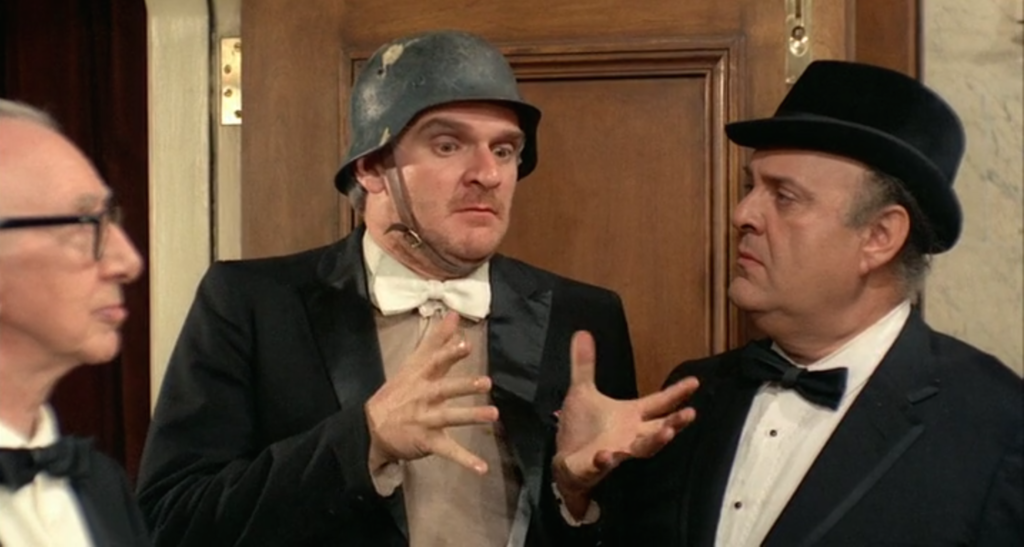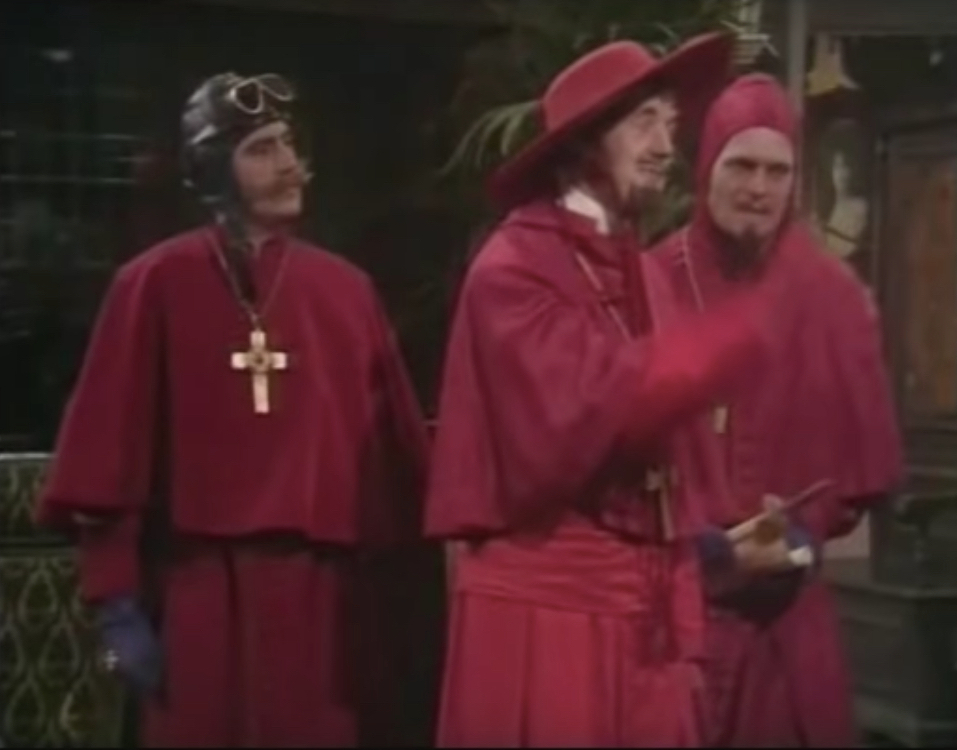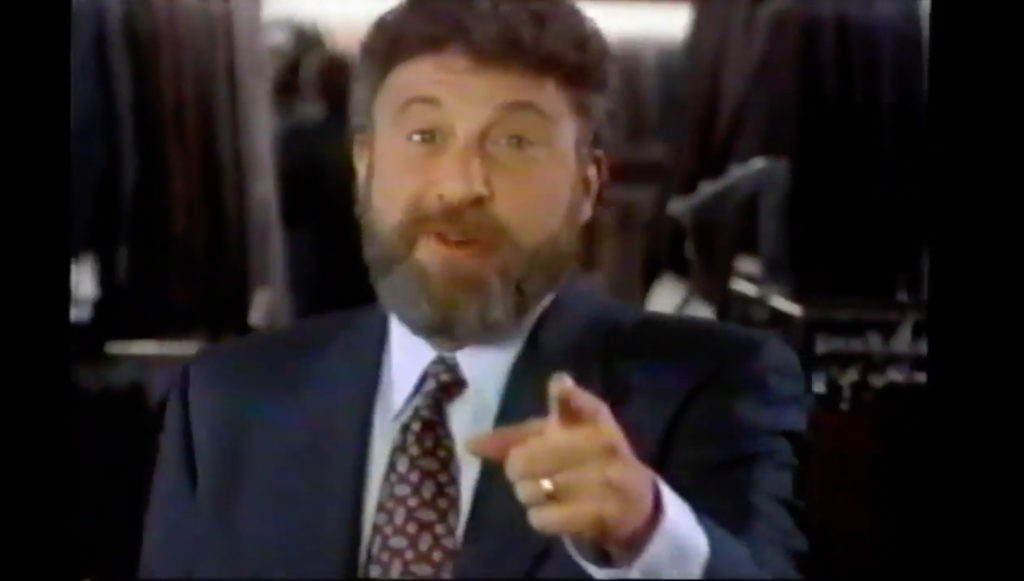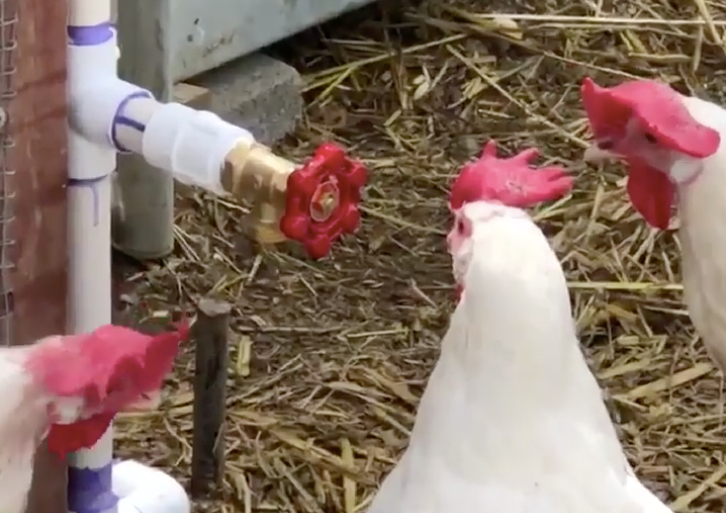Here’s a true story about hypocrisy:
It has to do with DVDs.
About 10 years ago, if you bought a DVD to play at home, you would first have to sit through a little educational video. The short video had a driving, Prodigy-like soundtrack, and it said:
“You wouldn’t steal a car…”
“You wouldn’t steal a television…”
“Downloading pirated films is stealing.”
“Piracy. It’s a crime”
Tell me more, Mr. DVD.
You see, it turns out that driving Prodigy-like music in the background, which was used in the original video and was distributed to millions of DVDs, was actually pirated.
A Dutch musician by the name of Melchior Reitveldt wrote the music for the Dutch royalty organization, under the agreement that it was to be used one time at a local music festival.
Once Reitveldt realized his music was being used across the world without his permission, it took him quite a bit of time and effort to actually collect his royalties from that same Dutch royalty organization, which had cheated him earlier and which was crying about piracy.
Anyhow, I’m not here to talk about copyright.
But copywriting, on the other hand, we can discuss.
You see, today I was writing an advertorial for a dog seat belt. I didn’t even know these existed until a few days ago, but it makes perfect sense.
Your dog goes in the car.
If he’s not restrained, he can jump in your lap while you’re driving, jump out the window when he sees a biker, or get catapulted when you hit the brakes.
It seems that woke dog owners are fully aware of this fact.
And one statement many dog owners repeatedly made was an echo of the piracy ad:
“You wouldn’t let your toddler walk up and down the back seat… So why would you let your dog do it?”
There’s something here.
In fact, the great Gary Bencivenga used this argument as well, when selling premium, fresh-pressed, mail-order olive oil:
“You and I insist on fresh milk, fresh eggs, fresh fish, fresh meat, and fresh produce. Don’t we deserve fresh olive oil???”
So in short, this “You wouldn’t… So why would you…” formula can often (not always, see the piracy ad above) be an effective sales argument to throw in.
And since I first noticed this argument in that Gary B. sales letter, I will from now on call it the “fresh fish” argument to help me remember it for the future.
On an entirely other note:
If you need fresh advice on how to get started as a copywriter, specifically on the online platform Upwork, you might be interested in my upcoming book on the topic.
To get notified when I finish it up and make it available, sign up below:






